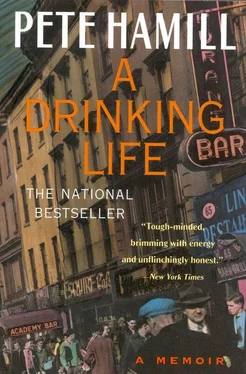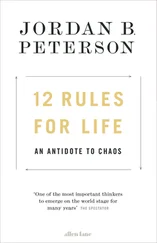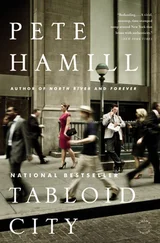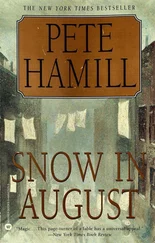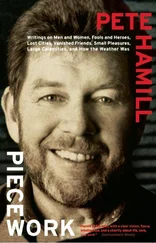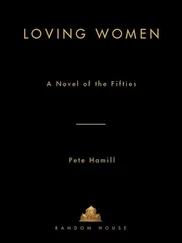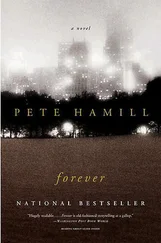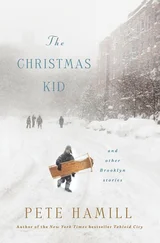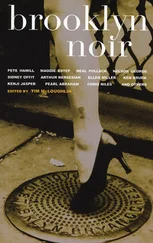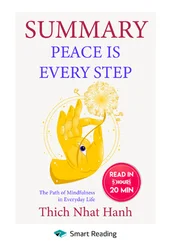I was saved from the hot seat by a glorious palace of books called the Prospect Branch of the Brooklyn Public Library, known to us simply as the Library. I went there every Saturday morning, during my break from the grocery store, following the familiar route along Seventh Avenue, my blood quickening as I crossed the trolley tracks on Ninth Street and passed the stately brownstones and small synagogue and saw up ahead the wild gloomy garden of the Library. I was always relieved, glancing through the high windows, to see that the lights were on, the leathery cliffs of books still there. The majestic mock Corinthian columns of the main entrance always made me feel puny but inside, behind walls as thick as those of any fortress, I always felt safe. Of one thing I was certain: in the Neighborhood, the bad guys never went to the Library.
I loved that old high-roofed building. It was warm in winter and cool in summer, and although it seemed built to last forever, and the sense of space was unlike anything I knew except the lobbies of movie houses, the attraction of the Library was not merely shelter. I was there on a more exciting mission: the discovery of the world.
To be sure, the idea of the Library alarmed me. Those thousands of books seemed to look down upon me with a wintry disdain. They were adult; they knew what I did not know; they were, in a collective way, the epitome of the unknowable, full of mystery and challenge and the most scary thing of all, doubt. The harder I worked at cracking their codes, the more certain I was that the task was impossible.
At first, I was condemned to the children’s room. I liked the bound volumes of a British magazine called St. Nicholas, full of intricate pen drawings and the cheery innocence of the official 19th century. And I also found a book about Milton Caniff, called The Rembrandt of the Comic Strip, borrowing it at least once a month, virtually memorizing its pages. In that book Caniff suggested to would-be cartoonists that they study the art of narrative, by reading writers he called “yarn-spinners,” such as Rudyard Kipling and Robert Louis Stevenson. I followed the lesson of the master. I memorized verses of Kipling’s “Gunga Din” (the movie version played every year at the Minerva along with Four Feathers) and read “The Man Who Would Be King” and The Jungle Book. As the son of Irish immigrants, I found Kipling a bit too British. But Stevenson was another matter. Of all his books I most cherished Treasure Island. How could a son of Billy Hamill resist Long John Silver, with his left leg cut off below the knee? And right there on the first page of the novel was that song of the perate, the desperado, the outlaw, the song that Noona could sing, or even my father:
Fifteen men on the dead mans chest —
Yo-ho-ho, and a bottle of rum!
I read the novel once. Then again. I was carried away by Kidnapped, defeated by the Scotch dialect in The Weir of Hermiston. But I kept going back to Treasure Island. Tommy and I would sing the tune: Yo-ho-ho, and a bottle of rum! And laugh and cheer and call each other matey. Then, tracking down Stevenson, I discovered Dr. Jekyll and Mr. Hyde.
I’d seen the movie, with Spencer Tracy and Ingrid Bergman, but the book was even scarier. With his gorgeous images and musical prose, Stevenson carried me into nineteenth-century London, where fog rolled down narrow cobblestoned streets day and night (“A great chocolate-covered pall lowered over heaven.…” Or, even better to my inflamed vision: “The fog still slept on the wing above the drowned city, where the lamps glimmered like carbuncles… ”). I looked up the word “carbuncles,” used it in school compositions (“Musial’s eyes glowed like carbuncles”), where I also described fogs that slept and gas lamps that shimmered. But I never used the Stevenson paragraph that chilled my heart:
He put the glass to his lips and drank at one gulp. A cry followed; he reeled, staggered, clutched at the table and held on, staring with injected eyes, gasping with open mouth; and as I looked there came, I thought, a change — he seemed to swell — his face became suddenly black and the features seemed to melt and alter — and the next moment, I had sprung to my feet and leaped back against the wall, my arm raised to shield me from that prodigy, my mind submerged in terror.
I read that passage and thought of my father. In Stevenson’s story, Dr. Jekyll says that he had lived “nine-tenths a life of effort, virtue and control”; but the chemical experiment had released Mr. Hyde, “the evil side of my nature.” I wanted that to be true of my father. When he first started a drinking session, he was often merry and funny, the joyful Irish singer of funny Irish songs; but as he went on, his face darkened, his eyes grew opaque, his jaw slack. Sometimes, he looked evil. And when he became enraged, I was often afraid of him. I saw the same eerie transformation in the other drunks of the neighborhood. Even Mr. Dix was decent enough until he downed too much of the amber liquid. After reading Stevenson’s great story, I could never look at my father the same way; I just hoped he would never come home with a silver-headed cane.
I didn’t brood about Jekyll and Hyde or give up reading because the subject cut so close to my bones. I was also collecting Classic Comics (soon to be renamed, for some reason, Classics Illustrated), and they were a kind of road map to the real books. I had all the early Classic Comics in order: 1) The Three Musketeers; 2) Ivanhoe; 3) The Count of Monte Cristo; 4) The Last of the Mohicans; 5) Moby Dick; 6) A Tale of Two Cities; 7) Robin Hood; 8) The Arabian Nights; 9) Les Miserables; 10) Robinson Crusoe; and on through Don Quixote, Uncle Tom’s Cabin, Gulliver’s Travels, The Corsican Brothers, Huckleberry Finn, and dozens of others. From the stacks at the Library, I tried reading all of them. Harriet Beecher Stowe, Sir Walter Scott, and James Fenimore Cooper were truly dreadful writers. And I was still too raw to enter Moby Dick. But Dumas père thrilled me with The Count of Monte Cristo and The Three Musketeers, and I found a copy of the tales told by Scheherazade during her Arabian nights; it was beautifully illustrated (probably by Arthur Rackham) and secretly erotic. I loved the writing of Jonathan Swift and Charles Dickens; Don Quixote and Sancho Panza moved into my mind for life, sharing space with Oliver Twist and David Copperfield. And over and over again, I traveled down the dark river with Huck and the Nigger Jim and dreamed of lighting out for the territory. Tom Sawyer couldn’t have lasted long in the Neighborhood. But Huck Finn felt like one of us; after all, wasn’t his father the town drunk?
In the comics — even in Milton Caniff — there were no drunks, no scary fathers; it was impossible to imagine Dagwood having a “fair one” with Blondie, the way Mr. Dix once did with his wife. I knew in the Library that in some of those books, I was coming closer to the truths of the world. They weren’t The Amboy Dukes. But then, of course, nothing was.
The illustrators of these classics were often as important to me as the books and obviously served as a transition from comics. The fine-lined Cruikshank drawings in the Dickens books had a spidery texture, creepy and strange, and — in the horrific figure of the drunken Bill Sikes — an ability to make London feel like Twelfth Street in Brooklyn. I also consumed Howard Pyle’s Book of Pirates, checking it out many times, making pencil copies of the great paintings, reveling in the freebooting lives of pirates, men burnt from the sun, filled with rum, reaching for wenches. And in book after book, I was dazzled by the illustrations of N. C. Wyeth, so rich and thick with golden light; often I checked out books — Robin Hood or Twenty Thousand Leagues Under the Sea — simply to look at those Wyeth paintings.
Читать дальше
